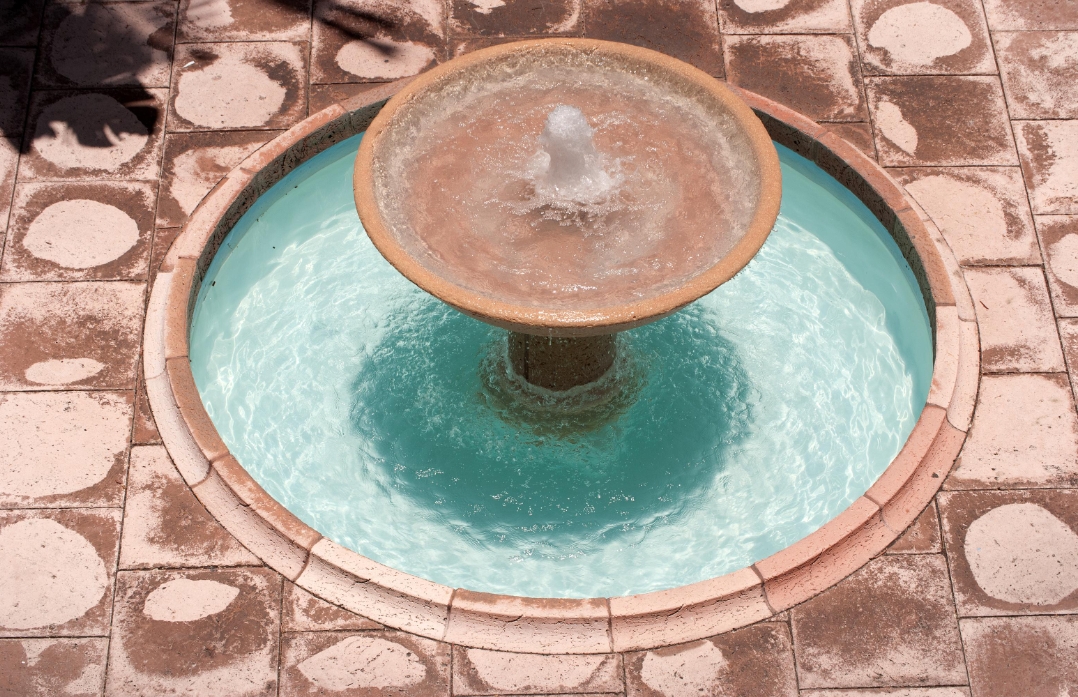Uncorking Success: The Role of E-commerce in Promoting Wine

Purchasing wine is more than just getting a drink; it’s a dive into the soil, varieties, and vintages—a learning experience that goes beyond the act of drinking. The act of choosing and purchasing wine is full of meaning and symbolism.
However, the rise of e-commerce has transformed wine buying. Wine consumers and producers have increasingly used the digital marketplace, which offers distinct advantages. This article will delve into how e-commerce is promoting the wine culture worldwide.
How E-commerce is Pushing Wine Culture
Wine buying used to require visits to vineyards, cellar door tastings, and wine shop browsing—a tactile and sensual experience anchored in physical settings and personal interactions. E-commerce has changed wine shopping by making it more accessible and convenient. Here are other reasons why e-commerce is changing the wine game:
Expands Market Access
Thanks to e-commerce, wineries may now easily access a worldwide audience despite geographical restrictions. Online wine shops can display their items to customers all over the world, in contrast to traditional brick-and-mortar stores that are restricted by physical locations.
E-commerce platforms give wineries a 24/7 virtual storefront that enables them to reach a wide range of customer preferences and take advantage of foreign markets.
Improves Accessibility
Increasing wine’s accessibility and convenience for customers is one of the main benefits of e-commerce in the wine sector. Convenience is a major factor in boosting online wine purchases.
From the comfort of their homes, consumers may peruse a wide variety of wines, read in-depth descriptions, and evaluate costs. They may even go for a wine delivery, at any time of day, making it an attractive purchasing option.
Offers Personalized Recommendations
E-commerce platforms use artificial intelligence and data analytics to offer customers individualized recommendations. Online shops can recommend wines based on a customer’s likes, browsing history, and past purchases.
This focused marketing strategy improves consumer happiness and engagement. Additionally, tailored suggestions promote repeat business and client loyalty.
Capitalizes on Trends
Social and cultural trends have a significant influence on the growth of wine e-commerce. Targeted social media campaigns use limited edition wines and special offers to attract more consumers, especially younger customers.
Builds Brand Recognition and Customer Loyalty
Wineries can establish a powerful online presence by using visually appealing website designs, educational content, and smooth user experiences. The significance of brand narrative and storytelling to emotionally engage consumers cannot be emphasized enough.
By revealing their distinctive history, winemaking philosophy, and sustainable methods, wineries can stand out in a competitive market and develop a devoted following.
Streamlines Inventory and Logistics
As vineyards grow, handling inventory and logistics may become a difficult undertaking. Robust inventory management solutions are available on e-commerce platforms, allowing wineries to keep an eye on sales trends, track stock levels, and optimize order fulfillment procedures.
E-commerce combined with inventory management software lowers costs and improves operational efficiency for vineyards. Advanced logistics systems also guarantee client satisfaction and on-time delivery.
Adapts to Consumer Behavior
As a result of demographic shifts, technology improvements, and changing lifestyles, consumer behavior is continuously changing. Wineries can adjust to these developments and maintain their relevance in a changing market environment thanks to e-commerce.
By embracing online trends like smartphone buying, subscription services, and virtual tastings, wineries may stay ahead of the curve and draw in new customers.
How Can Wineries Take Advantage of E-commerce Boom
E-commerce offers wineries an excellent chance to reach more people, boost sales, and build brand recognition. Wineries can capitalize on the e-commerce growth with these strategies:
1. Create a User-Friendly Website
An effective e-commerce strategy starts with a well-designed, intuitive website. It should be visually beautiful and easy to navigate to make browsing and shopping easy for customers. High-quality photographs, detailed product descriptions, and compelling winery story and production content can improve user experience.
2. Build Strong E-Commerce
Wineries require powerful e-commerce capabilities on their websites to capitalize on e-commerce. Secure payment methods, fast shopping carts, and customer accounts for repeat transactions are included. Providing many payment alternatives can improve the checkout experience and satisfy customers.
3. Use Data Analytics to Personalize Experience
E-commerce platforms create big data that can be used to understand client preferences and purchase behavior. Wineries can use this data to personalize marketing, promote products, and create targeted promotions that match client tastes, increasing conversion and repeat business.
4. Optimize Apps or Sites to be Mobile-Friendly
Optimizing for mobile is essential because more and more customers are purchasing online using smartphones and tablets. When a website is mobile-responsive, it instantly adapts to the screen size of any device, providing mobile users with the best possible viewing and interaction experience.
5. Boost Digital Marketing Efforts
Wineries can utilize email marketing to notify subscribers about new releases, specials, and events. They can also use social media to interact with potential customers and optimize their search engine ranking. These efforts can be strengthened by compelling storytelling and excellent imagery, which will increase the brand’s relatability and attractiveness.
6. Offer Special Online Promotions
Discounts, time-limited deals, or wines available exclusively online are examples of exclusive online promotions that might encourage users to make purchases via the e-commerce platform. These campaigns might be made to seem even more urgent or limited to entice customers to act quickly and make purchases.
7. Leverage Marketplaces and Partnerships
The winery can reach a larger audience by taking part in online wine markets and partnering with food and lifestyle businesses. Co-branded goods, packaged deals, or combined marketing campaigns are examples of how partnerships can leverage each partner’s clientele.
8. Prioritize Customer Support
Outstanding customer support needs to be available online as well. Providing live chat assistance, prompt email correspondence and easy return policies can enhance the general client experience. Building trust and loyalty among customers can be achieved by transparent policies and proactive communication regarding shipping, delivery, and return policies.
Get Your Next Wine Online!
The wine sector has seen a drastic change thanks to e-commerce, which has given wineries previously unheard-of chances for expansion and creativity. E-commerce has many advantages when it comes to promoting wine, like broadening the market reach, improving accessibility, tailored marketing, and optimizing operations.
Wineries need to embrace e-commerce platforms as essential instruments for success in the digital era, given the ongoing evolution of consumer behavior. Wineries can open up new avenues and raise a glass to sustained success in the international wine industry by utilizing e-commerce.



